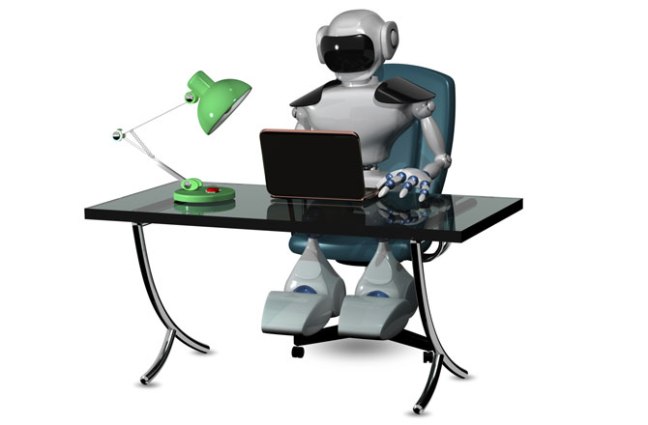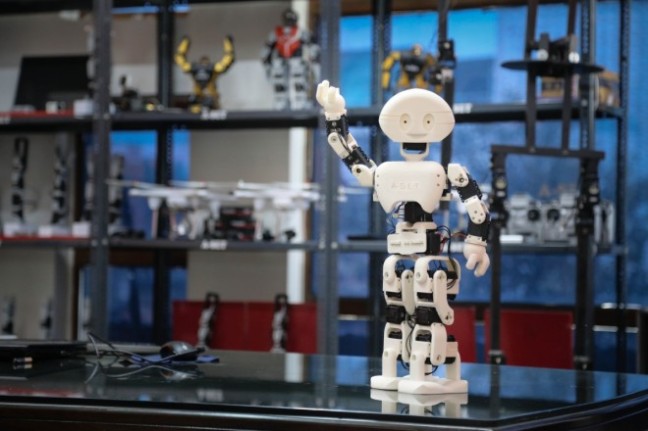
Much of the artificial intelligence research being done today is purely academic. But in at least one area, we’re seeing an intersection between artificial intelligence research and real life. Consumer-facing chatbots are computer programs developed by companies to converse with their customers for any number of reasons. There are shopping assistant chatbots, financial planning chatbots, personal coach chatbots, customer service chatbots, and many other kinds of consumer-facing chatbots and 2017 seems to be their big year.
Chatbots have a lot to offer businesses who invest in them. They can provide customers with 24/7 support without the high cost associated with maintaining a 24/7 support team. For businesses on the fence about chatbots, here are a few good things to know.
Two kinds of chatbots
There are essentially two different kinds of chatbots. One operates on a rules engine while the other uses machine learning and natural language processing. Rules engine chatbots are not so very different from the automated phone answering systems that have been around for years. They are programmed to recognize a number of preset commands and questions and to respond from a bank of prewritten responses. Rules engine chatbots are easier and less expensive to program but they’re also more limited in what they can offer for brands and customers. They work best in highly regulated industries where customers will mostly be using the chatbot for a limited number of functions.
More advanced chatbots use subsets of artificial intelligence such as natural language processing and machine learning. Through natural language processing, chatbots can understand more open-ended queries even if they haven’t been specifically programmed to recognize those specific queries. Through machine learning, chatbots can improve the more interactions they have with customers as they learn to recognize patterns and incorporate information gained from past failures. These are more expensive and difficult to create but they also have a lot more to offer.
Which kind of chatbot you develop for your brand will depend on your particular circumstances and goals. Many choose to start with simpler rules engine chatbots before investing in more advanced AI chatbots.
Do they really work?
Many business owners wonder if chatbots live up to all they hype–and there has been a lot of hype surrounding chatbots. The answer is both yes and no. The artificial intelligence necessary to create a program that can really think and converse like a human simply doesn’t exist yet and there are drawbacks to using chatbots. For one, they will make more mistakes than humans. For whatever reason, the simplest questions can sometimes throw off a chatbot and can result in an inappropriate response. Furthermore, some people are just hesitant about the whole idea of conversing with chatbots in large part thanks to negative portrayals of AI in pop culture.
On the other hand, discounting chatbots because humans can differentiate between them and real humans is a lot like throwing out the baby with the bath water. Chatbots are expected to save businesses more than $8 billion this year alone and many customers will appreciate the option to avoid waiting on hold on the phone by speaking to a chatbot instead.
Why now is the time to invest
Chatbot technology is far enough along to have become affordable and practical for the average small business and the growing popularity of open-source chatbot projects and chatbot building software has made it easier than ever for businesses to design one without spending a fortune. On the other hand, it’s still new enough to be novel and innovative and give brands a head start over ones that are still stuck on the fence.
Mobile Technology News brought to you by biztexter.com
Source: businessnewsdaily.com/10295-chatbot-ai-customer-service.html




